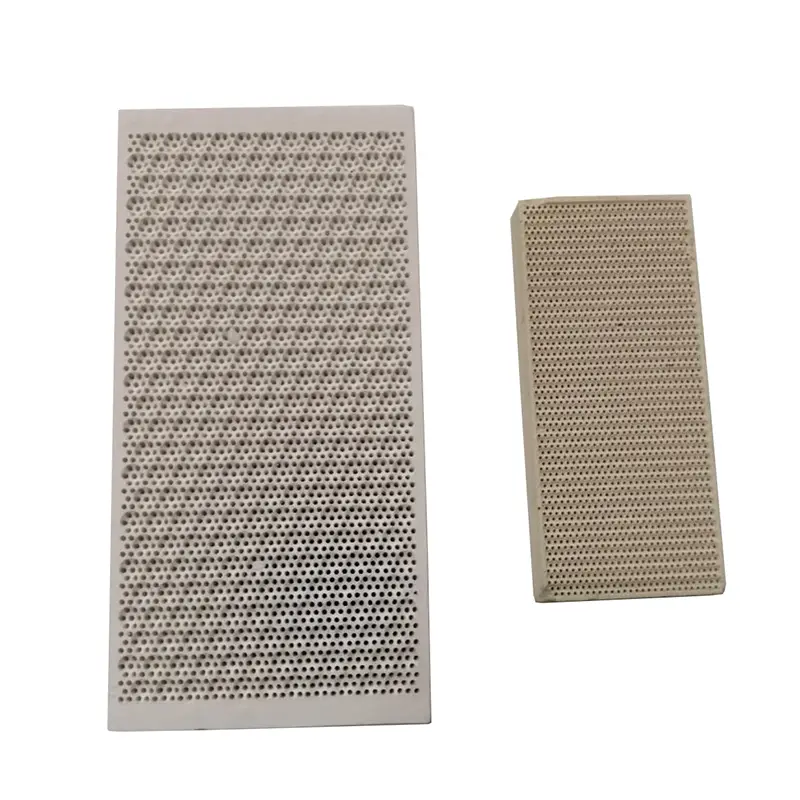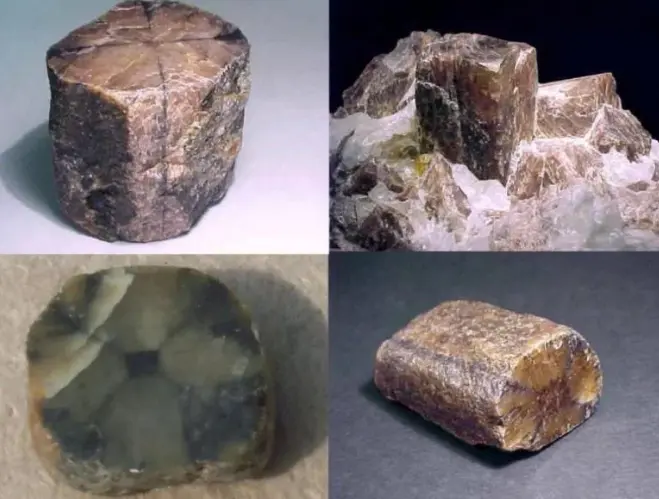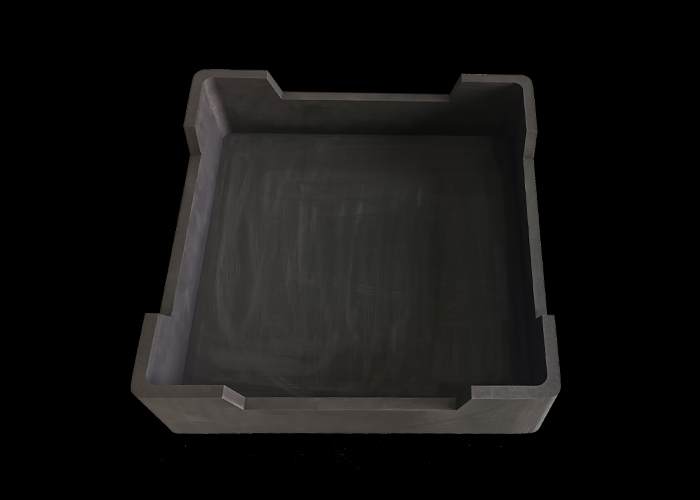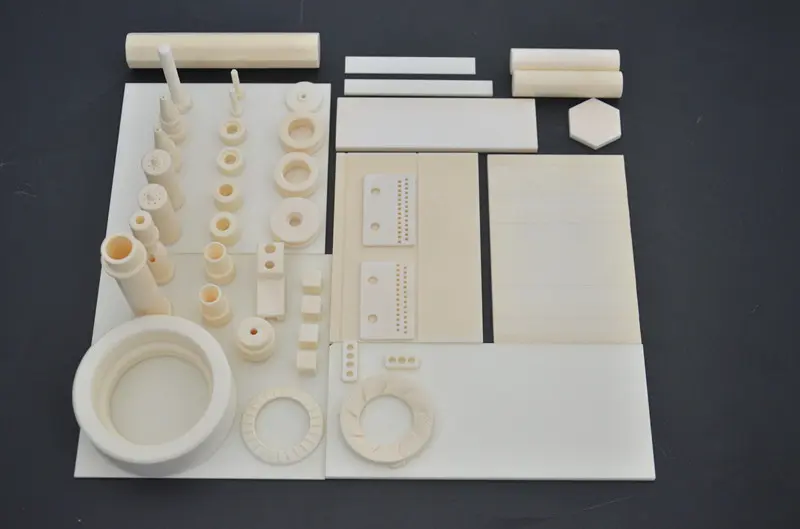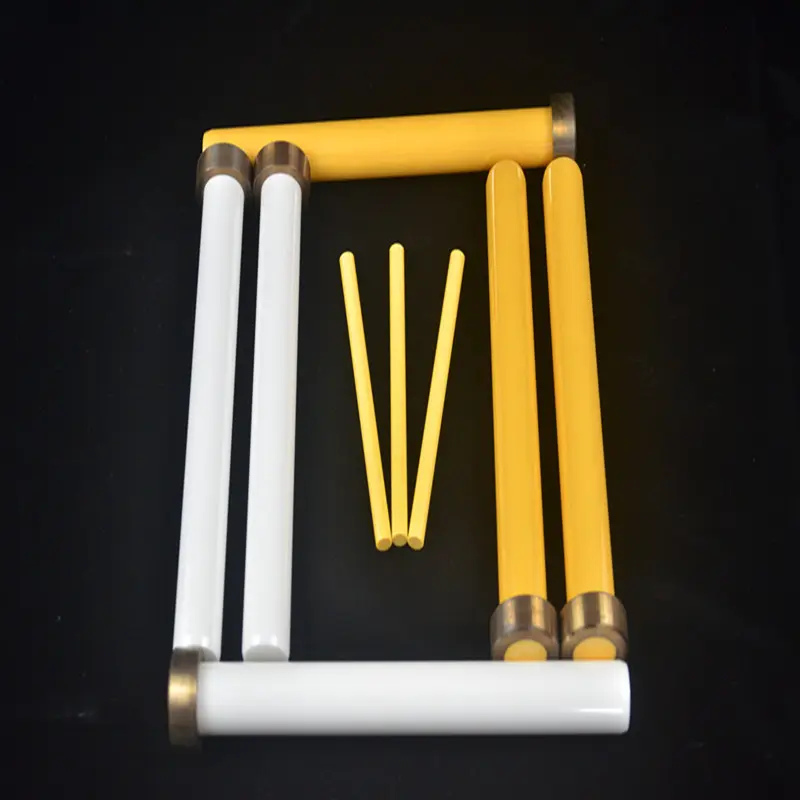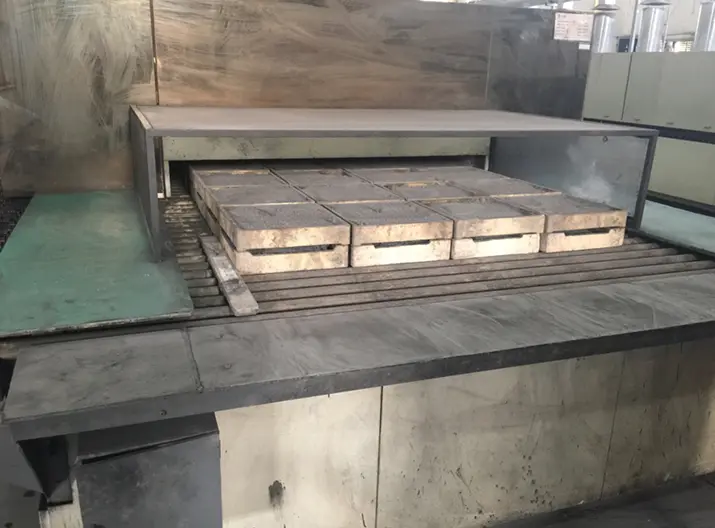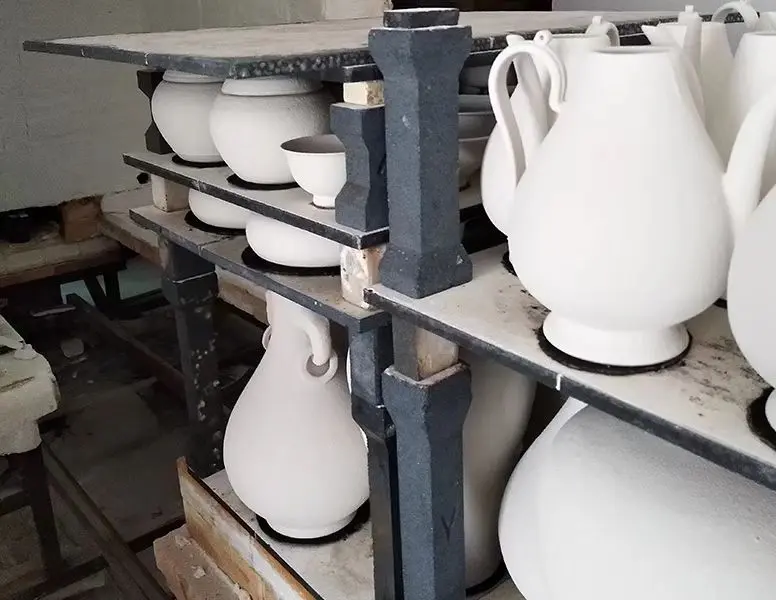Types of Refractory Bricks Used in Glass Kilns
1. Fireclay Bricks
Fireclay Bricks are one of the most widely used refractory materials in glass kilns. Made from a mixture of clay and other minerals, these bricks can withstand temperatures up to 1,500°C (2,732°F). Fireclay bricks are known for their excellent thermal stability and resistance to thermal shock, making them ideal for the fluctuating temperatures experienced in glass kilns. They are often used in the kiln’s walls and roof, providing a durable and reliable lining that can endure the harsh conditions of glass melting.
2. High-Alumina Bricks
High-Alumina Bricks contain a higher percentage of alumina (typically above 50%) compared to fireclay bricks. This composition gives them superior strength and thermal resistance, allowing them to withstand temperatures exceeding 1,600°C (2,912°F). High-alumina bricks are particularly beneficial in areas of the kiln that experience intense heat and chemical attack, such as the melting zone. Their low thermal conductivity also helps in maintaining the kiln’s temperature, improving energy efficiency.
3. Silica Bricks
Silica bricks are composed primarily of silica (SiO2) and are known for their excellent resistance to high temperatures, often exceeding 1,600°C (2,912°F). These bricks are particularly effective in the upper sections of glass kilns, where temperatures are consistently high. Silica bricks have a low thermal expansion coefficient, which minimizes the risk of cracking and deformation under extreme heat. However, they are less resistant to thermal shock compared to fireclay and high-alumina bricks, so their placement within the kiln must be carefully considered.
4. Magnesia Bricks
Magnesia bricks are made from magnesium oxide and are known for their exceptional resistance to basic slags and high temperatures. They can withstand temperatures up to 2,000°C (3,632°F), making them suitable for the most demanding applications in glass kilns. These bricks are often used in the furnace bottom and areas exposed to corrosive materials. Their ability to resist chemical attack makes them a preferred choice for kilns that process glass with high alkaline content.
5. Zirconia Bricks
Zirconia bricks, composed of zirconium dioxide, are among the most advanced refractory materials available. They can withstand extremely high temperatures and have excellent thermal shock resistance. Although they are more expensive than other types of Refractory Bricks, their durability and performance in high-temperature environments make them a valuable investment for glass manufacturers. Zirconia bricks are often used in specialized applications within glass kilns, such as in the melting zone or areas subjected to severe thermal stress.
Conclusion
The choice of refractory bricks in glass kilns is critical to the efficiency and longevity of the kiln. Each type of refractory brick offers unique properties that cater to specific needs within the glass manufacturing process. Fireclay, high-alumina, silica, magnesia, and zirconia bricks all play vital roles in ensuring that glass kilns operate effectively under extreme conditions. Understanding the characteristics and applications of these refractory materials can help manufacturers optimize their kiln designs and improve overall production efficiency. As technology advances, the development of new refractory materials will continue to enhance the performance of glass kilns, paving the way for more efficient and sustainable glass production methods.


